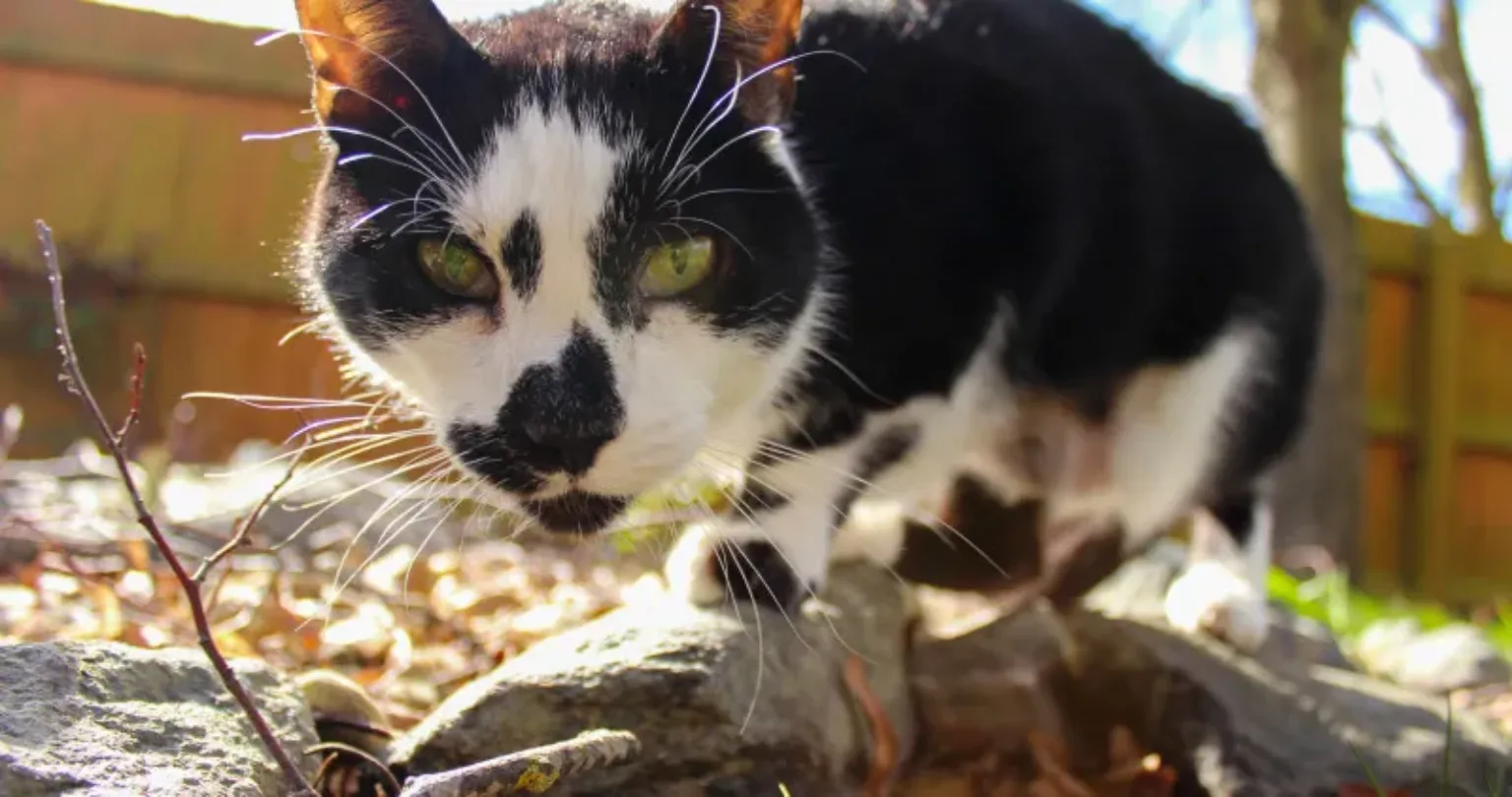When it comes to pets, we've all got questions
Ever feel like your pet is from another planet?

Cat flu is a term for upper respiratory infection and it’s a very common illness in cats. It’s highly contagious and while there’s no cure, there are things we can do to protect our feline friends. Spotting the symptoms is the first step.
Just like us, cats feel under the weather too sometimes and can experience symptoms similar to a human cold, like sneezing, weepy eyes, runny noses and a fever. Upper respiratory infections in cats is usually caused by one of two types of virus, feline calicivirus and feline herpes virus – or sometimes by certain types of bacteria. Cat flu is spread much like a human cold in saliva, sneezes and snot on bedding and food bowls in particular.
It’s important to note however, the virus only affects cats and can’t be spread to humans or other animals. Kittens are more at risk than adult cats because their vulnerable immune systems find it harder to fight off nasty infections.
While our cats can be protected from flu, if they’re not vaccinated it can be caught very easily from other cats. There are symptoms to look out for though and this will help you know when to contact a vet.
Symptoms include:
Unfortunately, there’s no cure for cat flu and once caught, they’re likely to continue to spread it throughout their life and experience lingering symptoms. The good news is, there are lots of ways to make your cat feel more comfortable, reduce their symptoms and help get them back to feeling themselves sooner.
Here are a few ways:
If your cat’s symptoms don’t go away, further tests may be needed to identify the underlying cause. It’s a good idea to discuss costs with your vet before agreeing to any tests.
One of the best ways of protecting your cat against cat flu is ensuring your cat is vaccinated as soon as they’re old enough (8-9 weeks)
Your vet can advise you on this. Again, much like with human flu, there are lots of different strains of virus, so the vaccine isn’t effective against them all. Your cat will need two doses first, followed by regular boosters throughout their life.
Some cats have recurrent episodes of the flu, particularly during stressful times such as rehoming or going to a cattery.
If you’re thinking of adopting a cat that you know has had cat flu in the past, be sure to review their medical notes and ask for more details on what they did for the cat and whether they still experience symptoms. You’ll need to sign a disclaimer to confirm you’ve been made aware of the condition.
Any cat who’s had treatment including antibiotics, prescribed medication or hospitalisation is likely to have pet insurance exclusions, so it’s worth discussing potential on-going costs with your vet.